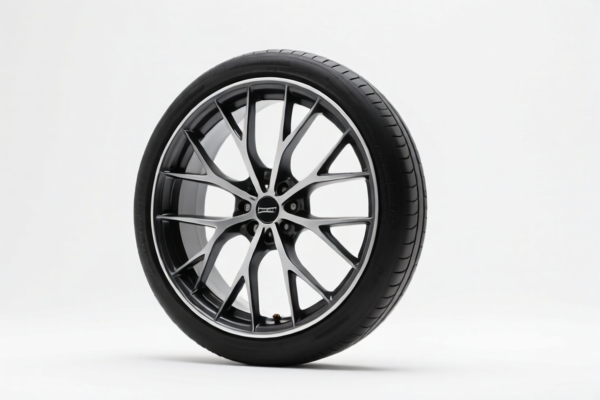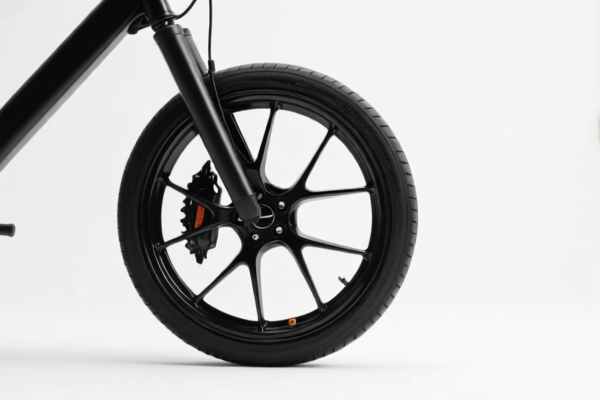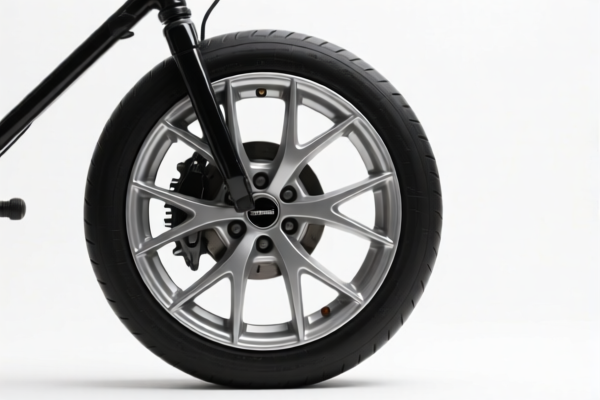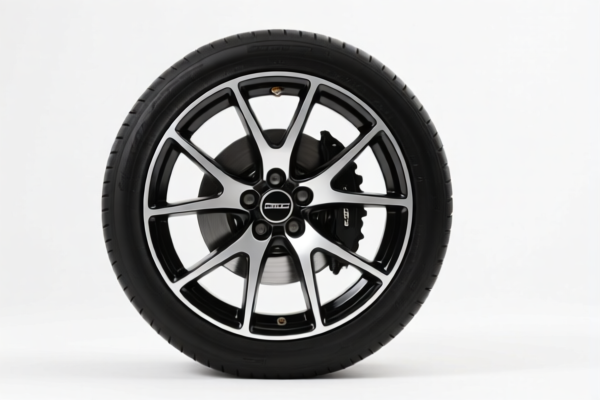| HS Code | Official Doc | Tariff Rate | Origin | Destination | Effective Date |
|---|---|---|---|---|---|
| 8467895090 | Doc | 37.5% | CN | US | 2025-05-12 |
| 8467895090 | Doc | 37.5% | CN | US | 2025-05-12 |
| 8483908080 | Doc | 57.8% | CN | US | 2025-05-12 |
| 8483907000 | Doc | 60.5% | CN | US | 2025-05-12 |
| 7326908688 | Doc | 82.9% | CN | US | 2025-05-12 |




Hand Wheel
A hand wheel is a type of wheel designed for manual operation, typically used to deliver torque or control a mechanical system. It functions as a lever arm, allowing a user to apply force to rotate a shaft or other mechanism.
Material
Hand wheels are commonly constructed from the following materials:
- Cast Iron: Durable, heavy, and provides good stability, often used in larger, industrial applications.
- Steel: Offers high strength and is suitable for applications requiring significant force.
- Aluminum: Lightweight, corrosion-resistant, and commonly found in lighter-duty applications.
- Brass: Used for decorative applications or where corrosion resistance is important, though less common due to cost.
- Plastic/Composites: Increasingly used for lighter weight and specific application requirements (e.g., chemical resistance).
Purpose
The primary purpose of a hand wheel is to provide a convenient and controlled method of manual operation. Specific applications include:
- Valve Control: Adjusting the flow of fluids (water, gas, oil) in pipelines.
- Machine Operation: Controlling the movement of tables, slides, or other components in milling machines, lathes, and other industrial equipment.
- Positioning Systems: Fine adjustments in optical equipment, telescopes, and other precision instruments.
- Hoist and Winch Operation: Applying force to raise or lower loads.
Function
Hand wheels operate on the principle of mechanical advantage. The larger diameter of the wheel compared to the shaft it controls allows a smaller force applied over a greater distance to produce a larger torque. The relationship is defined by the wheel’s radius:
- Torque = Force x Radius
This allows users to easily control heavy loads or precise movements. Many hand wheels incorporate features like:
- Threaded Hubs: For direct attachment to threaded shafts.
- Clamps/Locks: To secure the wheel in a specific position.
- Graduations/Scales: For accurate positioning.
- Spokes/Arms: Provide structural support and grip.
Usage Scenarios
- Industrial Manufacturing: Controlling machine tools, valves, and conveyor systems.
- Plumbing & HVAC: Adjusting water flow in pipes, controlling dampers in ventilation systems.
- Automotive: Steering wheels (a specialized form of hand wheel), parking brake mechanisms.
- Scientific Instruments: Precise positioning of optics, telescopes, and microscopes.
- Marine Applications: Steering and control of vessels.
Common Types
- Solid Hand Wheels: A single, solid disc, often made of cast iron or steel. Robust and durable.
- Spoked Hand Wheels: Feature spokes radiating from a central hub. Lighter weight and provide better grip.
- Rim & Spoke Hand Wheels: Combination of a rim connected to a central hub by spokes. Offers a balance of strength and weight.
- Butterfly Hand Wheels: Feature a central disc with handles extending outwards. Commonly used for valve control.
- Worm Gear Hand Wheels: Incorporate a worm gear mechanism for increased torque and self-locking capability.
- Steering Wheels: Specialized hand wheels used for controlling the direction of vehicles. Often feature ergonomic designs and safety features.
Hand wheels are categorized as tools for working in the hand. Based on the provided reference material, the following HS codes are relevant:
-
8467895090: This HS code falls under Chapter 84 (Nuclear reactors, boilers, machinery and mechanical appliances; parts thereof) and specifically covers “Tools for working in the hand, pneumatic, hydraulic or with self-contained electric or nonelectric motor, and parts thereof: Other tools: Other: Other: Other”. This is a broad category encompassing various hand tools, including those potentially used as hand wheels. The tax rate details indicate a base tariff of 0.0%, a surcharge of 7.5%, and a surcharge of 30% after April 2, 2025, resulting in a total tariff of 37.5%.
-
7326908688: This HS code is classified under Chapter 73 (Articles of iron or steel). It covers “Other articles of iron or steel: Other: Other: Other: Other Other”. If the hand wheel is constructed of iron or steel, this code may be applicable. The tax rate details indicate a base tariff of 2.9%, a surcharge of 25.0%, and a surcharge of 30% after April 2, 2025, resulting in a total tariff of 82.9%. Note that steel and aluminum products have a 25% surcharge.
According to the provided reference material, the HS code options related to 'hand wheel' are limited, with only the following 2 found.
Customer Reviews
No reviews yet.